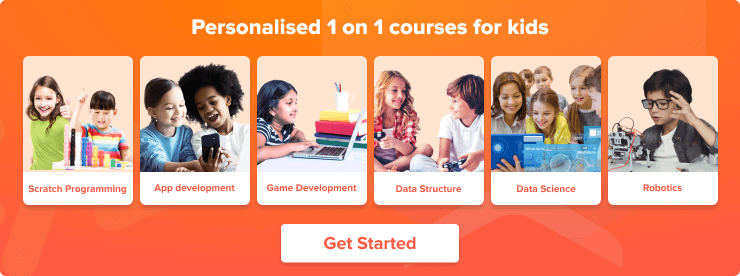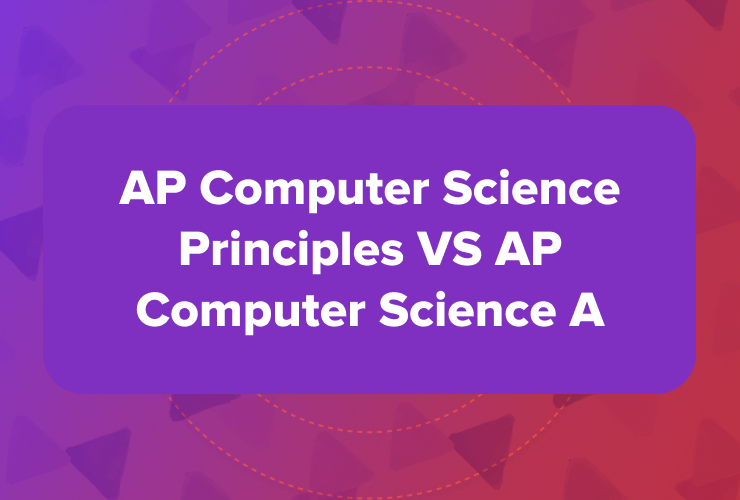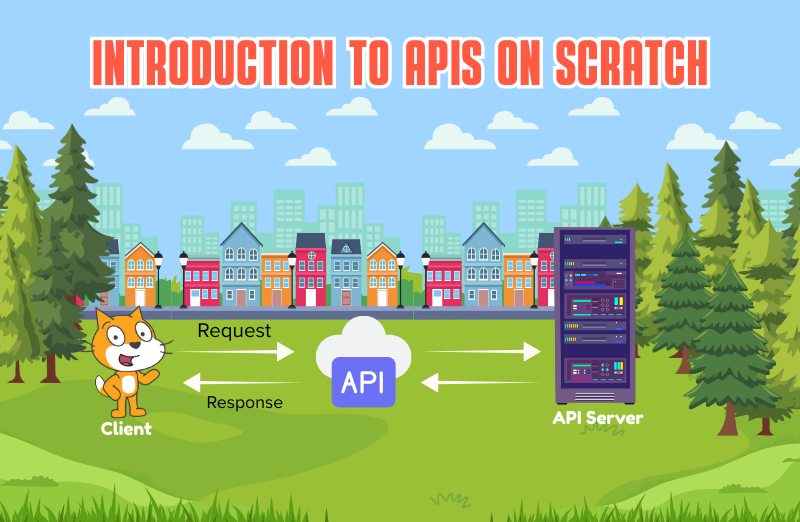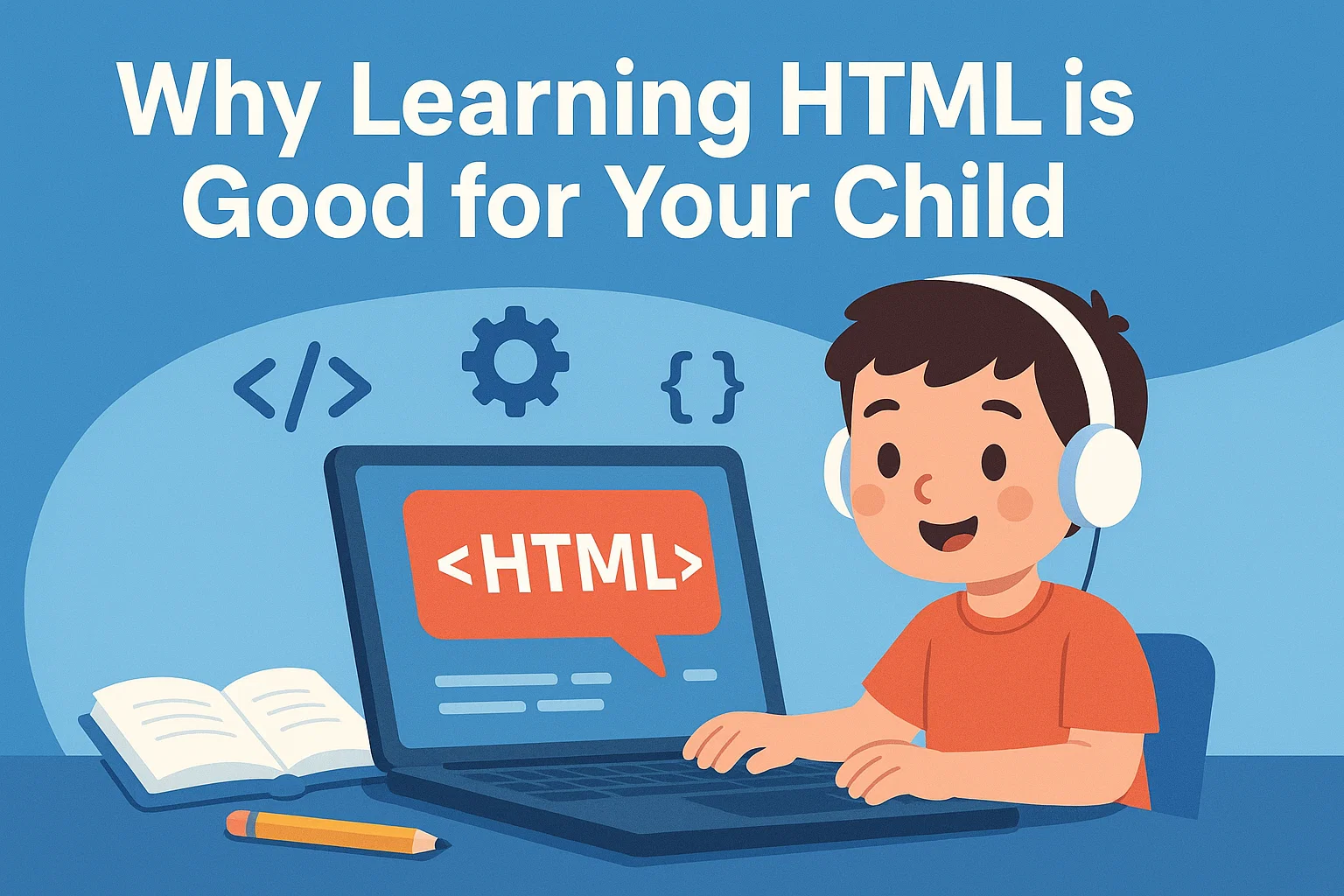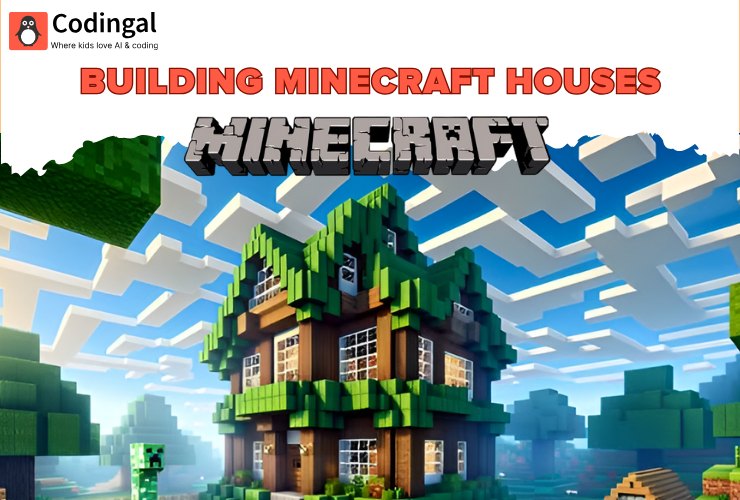Science, technology, engineering, and mathematics (STEM) education has become one of the fastest-growing trends in curriculum development around the globe. So it’s not surprising when you consider the effectiveness of integrated STEM education in preparing students to meet the new challenges of the 21st century.
Table of Contents
Introduction STEM education in India Career opportunities in STEM fields STEM activities for kids Wheel of the year Oil and water Popsicle stick catapult The future of STEMIntroduction
STEM Education has become a vital aspect of modern schooling, preparing students to face the challenges of an increasingly technological world. STEM stands for Science, Technology, Engineering, and Mathematics, and it represents a broad range of fields that are shaping our future.
In today’s fast-paced, digital world, STEM education is no longer just a “nice-to-have” but a necessity for students. It equips young learners with the skills they need to solve complex problems, think critically, and innovate across various industries. This blog will explore why STEM is crucial, how it benefits kids, and how it’s transforming education globally.
What Does STEM Education Mean?
STEM education integrates the four disciplines of Science, Technology, Engineering, and Mathematics into a cohesive learning approach. Rather than teaching these subjects in isolation, STEM education encourages interdisciplinary learning, where students see the connections between these fields and apply their knowledge in real-world situations.
Why STEM Education Matters
STEM education is pivotal because of the growing demand for STEM skills in the workforce. The global economy relies on technological advancements, and industries need workers who are skilled in coding, problem-solving, engineering, and data analysis. As technology continues to evolve, the need for professionals in STEM fields will only increase, making it imperative for students to gain a solid foundation in these areas early on.
STEM plays a central role in shaping innovation, critical thinking, and problem-solving abilities. By engaging with STEM, students are prepared to be innovators and leaders of the future.
The Importance of STEM Education
Building Future Skills
One of the primary reasons for the emphasis on STEM education is the future job market. A report by the U.S. Bureau of Labor Statistics projects that STEM jobs will grow at a rate twice as fast as other occupations over the next decade. From software development to robotics, engineering, and data science, STEM professions are at the forefront of future industries.
Furthermore, STEM education promotes critical life skills like teamwork, collaboration, and effective communication. These skills are indispensable not only in a professional environment but also in everyday life.
Promoting Creativity and Innovation
STEM encourages students to think creatively and find solutions to real-world problems. It’s not just about memorizing facts—it’s about inventing, designing, and building. Kids involved in STEM projects get to experience the joy of creativity, whether it’s designing a simple robot, coding a website, or constructing a bridge out of popsicle sticks.
Real-World Applications
STEM education is grounded in real-world applications. Here are some examples of how STEM education impacts industries like:
- Healthcare: Advances in medical technology, like 3D printing for prosthetics, are made possible by engineers and scientists.
- Technology: The development of apps, social media platforms, and cloud computing would not exist without skilled software developers and engineers.
- Space Exploration: The launch of satellites, robotic space probes, and even human space travel involves a blend of mathematics, technology, and engineering.
These examples show that STEM education isn’t just an abstract concept—it’s something that shapes the world around us.
The Core Components of STEM Education
Science
In STEM education, science is a hands-on exploration of the natural world through experiments and inquiry. Students learn to ask questions, make hypotheses, test their ideas, and analyze results. This scientific inquiry encourages a deep understanding of biology, chemistry, physics, and earth sciences.
Examples of Science Projects for Kids:
- Creating a volcano eruption model using baking soda and vinegar.
- Building a solar-powered car to explore renewable energy sources.
Technology
Technology is one of the most dynamic components of STEM education. With the constant evolution of new tools, devices, and software, learning how to use technology gives students the opportunity to understand and manipulate digital tools that power the modern world.
Examples:
- Coding: Learning programming languages like Python or Scratch helps students understand how to create websites, apps, and games.
- Artificial Intelligence: Introducing kids to AI concepts opens their minds to how machines can learn and make decisions.
Engineering
Engineering is all about applying scientific principles to design and build solutions to real-world problems. Through engineering projects, students develop a deep understanding of materials, design principles, and problem-solving techniques.
Examples of Engineering Projects for Kids:
- Designing a roller coaster using straws and marbles to understand concepts of force and motion.
- Building bridges with popsicle sticks to understand weight distribution.
Mathematics
Mathematics is the backbone of STEM, providing the tools to solve problems, analyze data, and make predictions. In STEM education, math isn’t just about memorizing formulas—it’s about real-world application.
Examples of Math Applications in STEM:
- Architecture: Using geometry and algebra to design structures like buildings or bridges.
- Data Science: Learning how to analyze large datasets to make decisions.
Benefits of STEM Education for Kids
Improved Problem-Solving Skills
STEM education challenges students to approach complex problems and come up with creative solutions. Whether it’s debugging code or building a sustainable structure, kids learn how to break down large tasks into manageable steps and think critically.
Collaboration and Teamwork
STEM projects often involve working in teams. Whether it’s building a robot, coding an app, or creating a science fair project, kids learn to collaborate with others, which is a crucial skill in both school and the workplace.
Enhancing Critical Thinking
STEM education promotes critical thinking and logical reasoning. Kids who learn STEM are taught to look at problems from different angles, question assumptions, and test their hypotheses.
Encouraging Diversity in STEM Fields
STEM education encourages a diverse range of students—regardless of gender, ethnicity, or background—to participate. Initiatives and programs are being launched worldwide to encourage more girls and minorities to take part in STEM fields, ensuring everyone has the opportunity to contribute to future innovations.
People Also Read: STEM Vs STEAM
How STEM Education Impacts Future Careers
High-Demand STEM Jobs
The demand for STEM professionals is growing exponentially. Software developers, data scientists, robotics engineers, and healthcare professionals are in high demand across the globe. As industries continue to evolve and become more technologically advanced, these roles will only increase.
STEM and Entrepreneurial Opportunities
STEM also fosters entrepreneurship. By learning how to innovate, kids who are passionate about STEM can develop new ideas, build their own startups, or even create the next big app or invention.
A Global Perspective on STEM Careers
As our world becomes more interconnected, the need for global collaboration in STEM fields grows. A solid foundation in STEM education equips students to participate in the global economy and contribute to international technological advancements.
How to Incorporate STEM Education at Home
DIY Science Experiments
- Baking soda volcano: A fun and simple way to learn about chemical reactions.
- Balloon rockets: Teach kids about force and motion by launching a balloon across the room.
Coding and Robotics Kits
- LEGO Mindstorms: A robotics kit where kids can build and program their own robots.
- Scratch: A simple, visual programming tool that introduces kids to coding concepts.
STEM Games and Activities
- Tynker: A game-based learning platform for coding.
- Osmo Coding: A hands-on coding game where kids use physical blocks to interact with the screen.
STEM Education in Schools
STEM Curriculum
In many schools, STEM subjects are now integrated into a comprehensive curriculum, making it easier for students to understand how science, technology, engineering, and mathematics work together in the real world.
After-School STEM Programs and Clubs
From robotics clubs to coding boot camps, after-school STEM programs are popping up everywhere. These clubs provide kids with the extra support and mentorship they need to further explore STEM fields.
Teachers and STEM Training
Teachers play a pivotal role in delivering STEM education. It’s essential for educators to undergo professional development in the latest STEM trends, tools, and teaching methods to ensure they can deliver high-quality education.
The Future of STEM Education
Adapting to Technological Advances
As new technologies like artificial intelligence (AI), virtual reality (VR), and machine learning evolve, STEM education will adapt to incorporate these developments, ensuring students are prepared for the careers of tomorrow.
STEM Education in the Digital Age
With the rise of online learning platforms and digital tools, STEM education is becoming more accessible than ever. Gamification and interactive platforms make learning fun, while virtual and augmented reality bring abstract concepts to life.
Preparing for Jobs That Don’t Exist Yet
Many of the future STEM jobs don’t exist today, which is why STEM education is so critical. It provides kids with the tools they need to innovate, adapt, and create careers that haven’t been imagined yet.
Conclusion
STEM education is an investment in the future. It helps shape the minds of young learners, equipping them with the skills they’ll need to succeed in a world driven by technology and innovation. By providing kids with hands-on learning and encouraging them to solve real-world problems, we prepare them for successful futures in STEM careers, entrepreneurship, and beyond.
👉 Want to introduce your child to the exciting world of STEM? At Codingal, we provide interactive coding classes that make STEM fun, engaging, and educational.
✨ Book a Free Trial Class today and give your child the tools to become tomorrow’s innovator!

